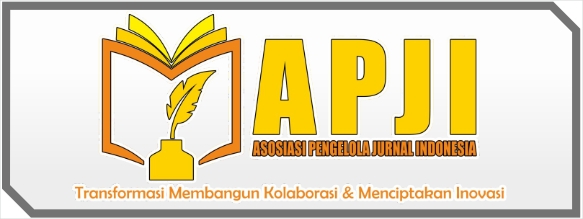MACHINE LEARNING UNTUK PENDIDIKAN: MENGAPA DAN BAGAIMANA
DOI:
https://doi.org/10.55606/jitek.v1i3.306Keywords:
Machine Learning, Why and HowAbstract
Machine Learning is a subset of artificial intelligence (AI) that helps computers or teaching machines learn from all previous data and make intelligent decisions. Machine learning frameworks require capturing and maintaining a rich set of information and turning it into a structured knowledge base for different uses in various fields, one of which is in education. The purpose of this article is to answer the questions 1) Why is Machine Learning Important for Education? and 2) How is Machine Learning Utilized for Education? This article uses a qualitative method with data collection techniques with literature study. Based on the results of the literature study, machine learning in the field of education has many advantages and advantages, where teachers can save time in learning activities in the classroom. Machine Learning encourages depersonalized learning in the context of educational deployment. Machine Learning enables teachers to gain a better understanding of their students' progress in learning
References
Z. Lv and X. Li, “Virtual reality assistant technology for learning primary geography,” Lect. Notes Comput. Sci. (including Subser. Lect. Notes Artif. Intell. Lect. Notes Bioinformatics), vol. 9584 LNCS, pp. 31–40, 2016, doi: 10.1007/978-3-319-32865-2_4.
L. A. Tomei, Learning Tools and Teaching Approaches through ICT Advancements. Hershey: Information Science Reference, 2013.
S. Shalev-Shwartz and S. Ben-David, Understanding machine learning: From theory to algorithms, vol. 9781107057. 2013. doi: 10.1017/CBO9781107298019.
A. S. S. V. N. Vishwanathan, “Introduction,” Demogr. Res. Monogr., pp. 1–13, 2014, doi: 10.1007/978-94-007-6964-9_1.
Moleong, Prosedur Penelitian. Jakarta: Rineka Cipta, 2005.
J. Noor, Metodologi Penelitian. Jakarta: Kencana, 2011.
M. Nazir, Metode Penelitian. Jakarta: Ghalia Indonesia, 2009.
E. Danial, Metode Penulisan Karya Ilmiah. Bandung: LAB PKn-FPIPS Universitas Pendidikan Indonesia., 2009.
C. Mulwa, S. Lawless, M. Sharp, I. Arnedillo-Sanchez, and V. Wade, “Adaptive educational hypermedia systems in technology enhanced learning: A literature review,” SIGITE’10 - Proc. 2010 ACM Conf. Inf. Technol. Educ., no. June 2014, pp. 73–84, 2010, doi: 10.1145/1867651.1867672.
S. P. and D. J. Amjad Hussain Bhat, “Machine learning approach for intrusion detection on cloud virtual machines,” Int. J. Appl. or Innov. Eng. Manag., vol. 2, no. 6, pp. 57–66, 2013, [Online]. Available: https://pdfs.semanticscholar.org/c1a0/16b327e4a60e98df4219ff993609eebf2dad.pdf
D. Lafond, R. Proulx, A. Morris, W. Ross, A. Bergeron-Guyard, and M. Ulieru, “HCI Dilemmas for Context-Aware Support in Intelligence Analysis,” Adapt. 2014, Sixth Int. Conf. Adapt. Self-Adaptive Syst. Appl., no. November, pp. 68–72, 2014, [Online]. Available: http://www.thinkmind.org/index.php?view=article&articleid=adaptive_2014_3_20_50045
C. Lisetti, R. Amini, and U. Yasavur, “Now All Together: Overview of Virtual Health Assistants Emulating Face-to-Face Health Interview Experience,” KI - Kunstl. Intelligenz, vol. 29, no. 2, pp. 161–172, 2015, doi: 10.1007/s13218-015-0357-0.
B. Bell, Authoring Tools for Advanced Technology Learning Environments, no. January 1998. 2003. doi: 10.1007/978-94-017-0819-7.
J. R. Brinson, “Learning outcome achievement in non-traditional (virtual and remote) versus traditional (hands-on) laboratories: A review of the empirical research,” Comput. Educ., vol. 87, pp. 218–237, 2015, doi: 10.1016/j.compedu.2015.07.003.














